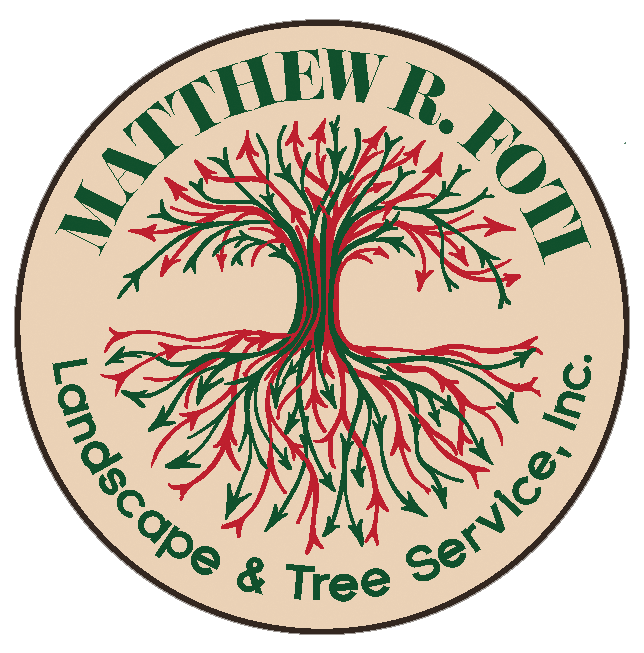Spring 2025
It makes sense that we should see some winter burn on evergreens as we reach the end of a good old-fashioned New England winter. After a long period of drought conditions last summer, we did experience some rain in the fall, which provided much-needed hydration for evergreens going into the winter. Evergreens have the capacity to store moisture to help prevent winter burn or desiccation of the foliage, but water still needs to reach the roots during the winter months.
I’m thinking we will see some winter burn on evergreens because the frost penetrated the ground as deep as 12 to 14 inches—something we haven’t seen in several years. When the top layer of soil freezes to that depth, evergreens are unable to absorb the moisture they need during winter. A considerable amount of winter burn occurs in March and April when there are large temperature variations over a short period of time. Isn’t that the frustration we all suffer here in New England—one day we’re in T-shirts and shorts, and the next we’re bundled up in wool and down? I’ve learned that there is no such thing as bad weather, only insufficient clothing.
Winter kill does not always mean mortality. If you see brown foliage, it may be time to get an accurate assessment, as winter-burned plants can often be restored with proper pruning techniques.
Late winter and early spring are excellent times to plan for pruning.
March and April are optimal months for radical size reduction of overgrown shrubs before new growth emerges. It is also a great time to prune the long ends of larger evergreens to promote interior growth, particularly when the tree serves as a privacy screen. In the nursery trade, we call this “hard pruning,” which increases the plant’s density and makes it more marketable.
I have always preferred pruning ornamental trees during dormancy rather than when they are in leaf, as it provides a better view of the tree’s structure. Pruning a tree during dormancy also helps prevent that “new haircut look” that often results when a tree is pruned while in leaf. Fruit trees should always be pruned during dormancy and never while in flower.
Now is also a great time to schedule annual pruning. New growth emerges in mid-May and continues through June until mid-July, at which point foliage starts to harden off in August and September in preparation for frost. I like to prune new growth before or shortly after the longest day of the year—June 21. This is mid-growth for many plants and an optimal time because the plant will flush out a little more before mid-July, maintaining a better appearance until the next year’s growth.
Always remember that new growth also produces next year’s flower buds, so pruning too late in the summer can result in no flowers the following year. I don’t care if your “mow, blow, and go” guy prunes your shrubs in August—this is not the correct time to prune flowering ornamentals. Many landscape maintenance companies prune in August simply because lawn growth slows and they have the time, not because it is best for the plants.
While purchasing nursery stock this winter for the spring, the general consensus is that it is now more difficult to find larger specimen plant material. We are still experiencing shortages of many common stock items, and growers are selling plants before they reach larger sizes in an effort to keep up with demand. There is a trend toward fewer growers, and we aren’t seeing young people starting growing operations due to the exorbitant cost of land along the Eastern Seaboard. If you are considering a landscape project, make your plans early.
Having flora and fauna around us may be the only constant in our lives that keeps us calm in a world that otherwise seems upside down right now. Plants and animals don’t need us to survive—in fact, they would flourish and do much better without us—but we desperately need them for our survival. Embrace nature and do your part to protect it. Hopefully, spring will not throw us too many curveballs.
I am always happy to answer any questions you have.

Matthew R. Foti Landscape Design & Construction is a full-service landscape design and construction firm. Established in 1977, Foti has maintained its commitment to high-quality workmanship and personalized customer service. As a long-time educator of aspiring Arborists and Horticulturalists, Matt’s small construction crew employs the most up-to-date planting and transplanting methods that will ensure the health and longevity of your landscape. Our continued education in a constantly changing industry, combined with state-of-the-art equipment, has made Foti one of the leaders in the field. Contact Matt at 781-862-1010.
firm. Established in 1977, Foti has maintained its commitment to high-quality workmanship and personalized customer service. As a long-time educator of aspiring Arborists and Horticulturalists, Matt’s small construction crew employs the most up-to-date planting and transplanting methods that will ensure the health and longevity of your landscape. Our continued education in a constantly changing industry, combined with state-of-the-art equipment, has made Foti one of the leaders in the field. Contact Matt at 781-862-1010.
